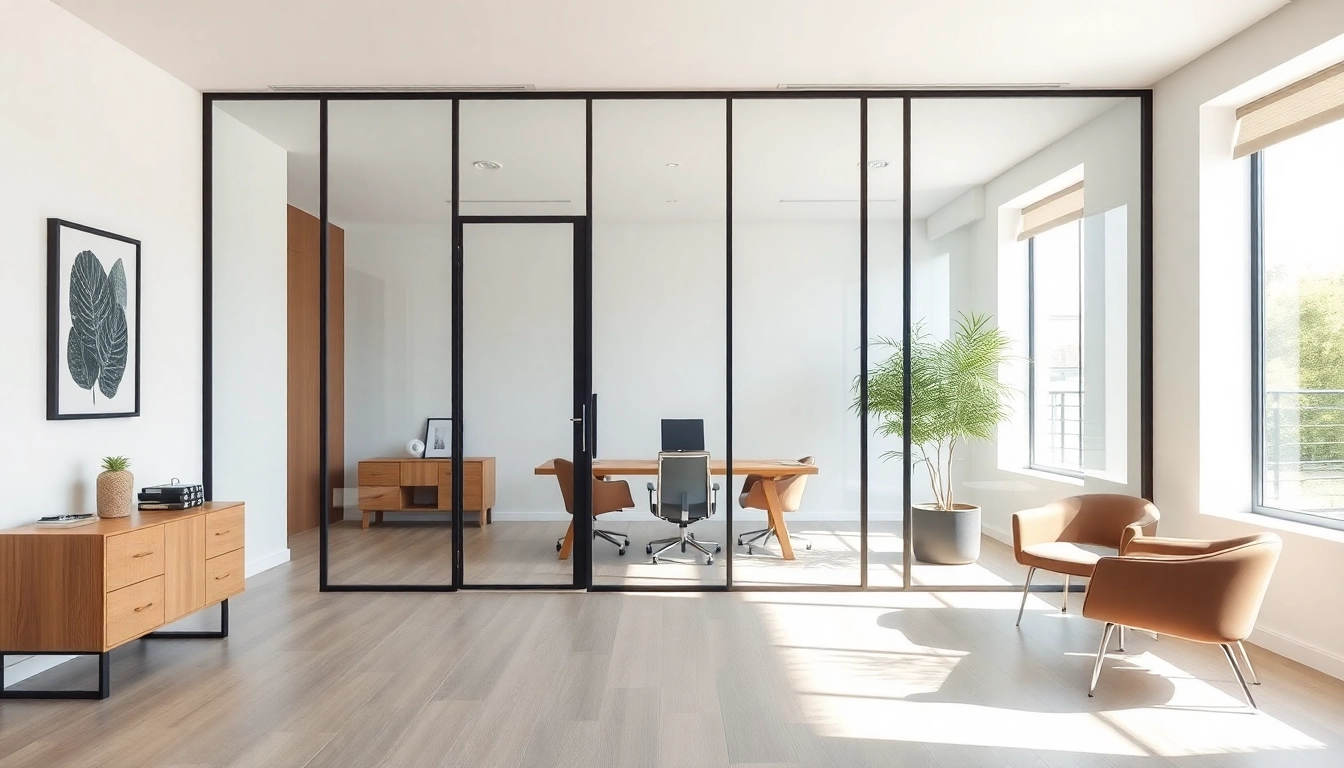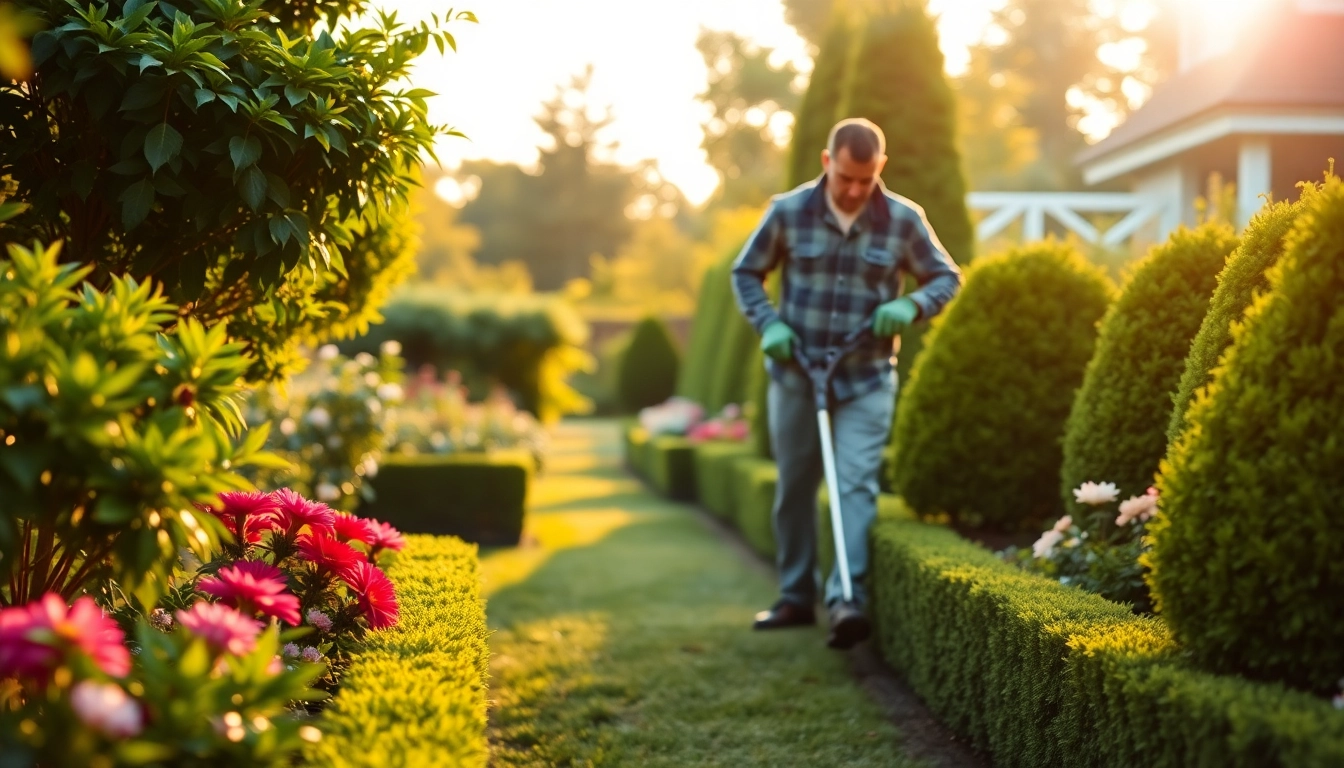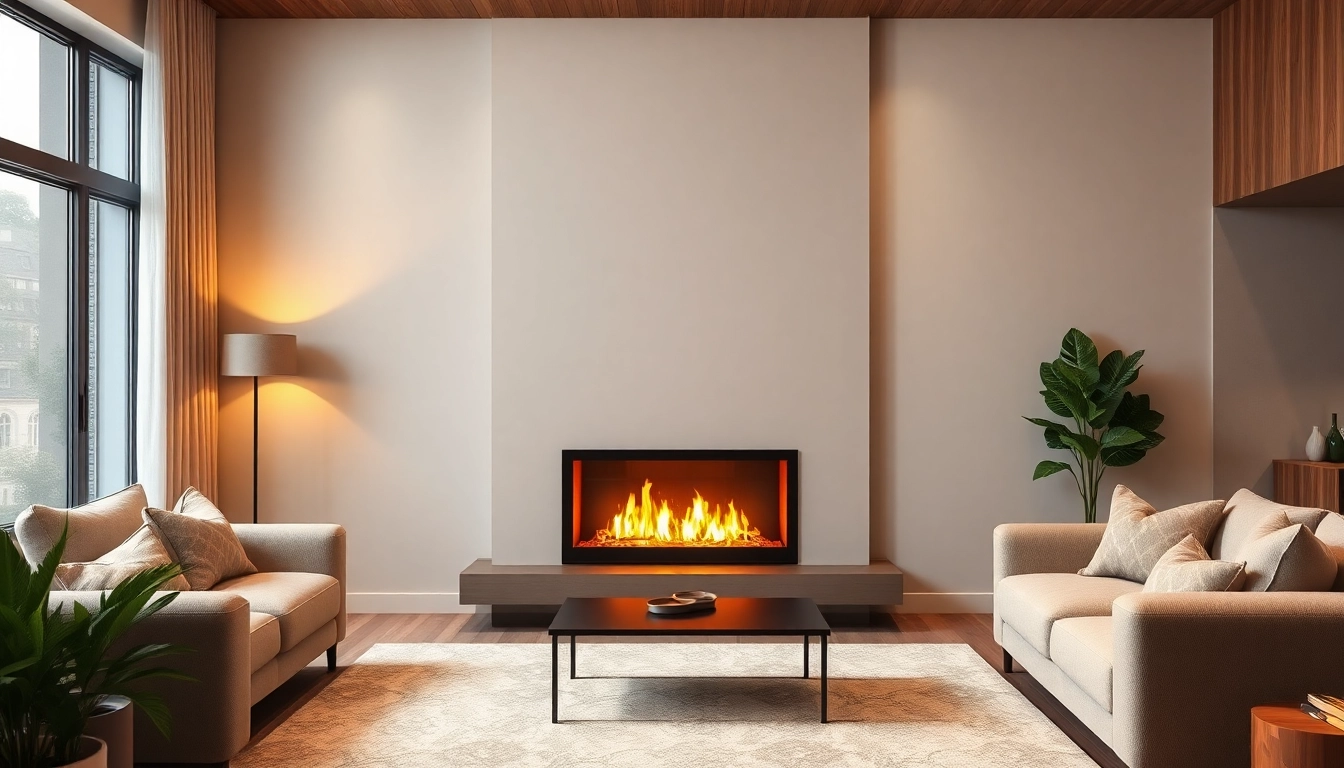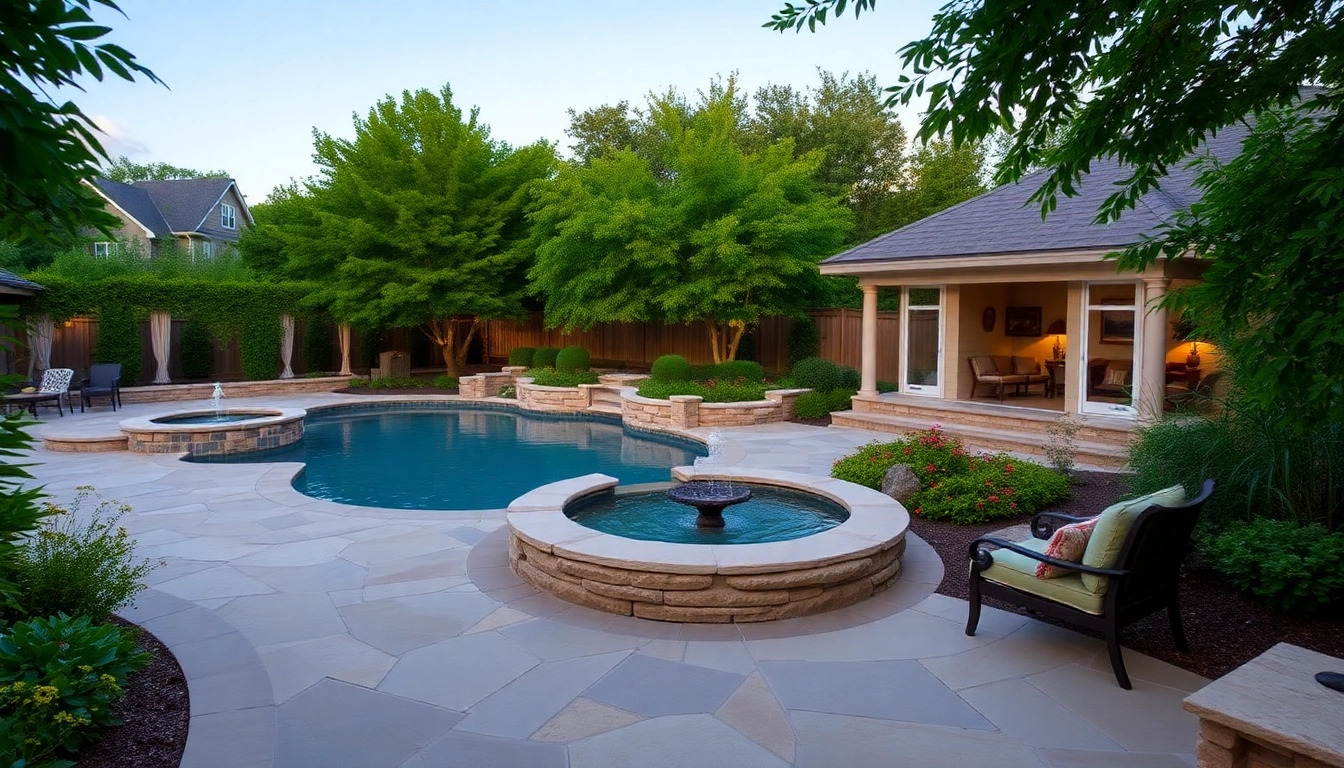Understanding Folding Partition Walls
Definition and Benefits of Folding Partition Walls
A Folding Partition Wall is designed to create flexible spatial solutions in various environments, ranging from residential to commercial applications. These walls can be easily retracted or expanded, allowing you to modify your space according to your needs. The primary benefit of folding partition walls is their adaptability; they enable users to maximize the usability of a given space without the need for permanent walls.
Beyond mere adaptability, folding partition walls offer numerous benefits:
- Space Optimization: They allow for the division of large areas into smaller, functional spaces as needed. This is particularly beneficial in settings like offices and conference halls, where rooms may need to accommodate different activities at different times.
- Cost Efficient: Rather than investing in permanent construction, folding partitions provide a more affordable way to define spaces. Disassembling them is often much simpler and cheaper than knocking down a wall.
- Noise Control: Many folding partitions come with soundproofing options, allowing for better acoustic control within spaces such as meeting rooms or classrooms.
- Design Flexibility: They are available in various materials and finishes, allowing for customization that fits your interior design theme.
Key Features that Make Folding Partition Walls Ideal
Folding partition walls are engineered with a number of features that enhance functionality:
- Ease of Use: Most modern folding partitions are designed to operate smoothly with minimal effort, making them accessible for any age group.
- Variety of Materials: These walls can be constructed from lightweight materials like aluminum or more robust options like wood or fabric, depending on the expected use and aesthetic needs.
- Customizable Sizes: Folding partitions can be tailored to fit specific dimensions, facilitating balance between the available space and the intended utility.
- Aesthetic Appeal: With the ability to customize colors, graphics, and finishes, folding partitions can contribute to the overall design of the interior space.
Common Applications in Residential and Commercial Spaces
Folding partition walls find applications in numerous settings:
- Residential Uses: Homeowners often utilize folding partitions to create temporary guest rooms, play areas for children, or to form more intimate spaces within open-plan living areas.
- Commercial Uses: In offices, they are frequently used to create meeting spaces, breakout areas, or private offices. In restaurants, they can be implemented for dividing dining areas to cater to different groups or events.
- Educational Facilities: Schools utilize folding partitions to transform classrooms into larger areas for group activities or events, enhancing versatility in learning environments.
Types of Folding Partition Walls Available
Acoustic vs. Non-Acoustic Folding Walls
Folding partition walls can primarily be categorized based on their acoustic properties:
- Acoustic Partition Walls: Designed to minimize sound transfer between spaces, these partitions are ideal for environments that require privacy, such as offices and conference rooms.
- Non-Acoustic Partition Walls: While still functional as dividers, these walls offer limited soundproofing, making them more suitable for temporary separations in less demanding environments, like residential spaces or casual office setups.
Material Options for Folding Partition Walls
The materials used for folding partition walls significantly impact their appearance, performance, and durability:
- Wood: Offers aesthetic appeal and durability, often used in formal settings like boardrooms or upscale restaurants.
- Fabric: Provides a softer look and can be easily customized with prints or colors, beneficial for creative environments.
- Glass: Ideal for modern offices, glass partitions offer a sleek, contemporary look while maintaining transparency and allowing natural light flow.
- Metal: Often used for more industrial or durable solutions, perfect for places like warehouses which may require robust separation solutions.
Customizing Your Folding Partition Wall Design
- Finishes: You can select paints, laminates, or natural wood finishes to match your interiors.
- Graphics: For businesses, integrating branding elements on partitions can reinforce corporate identity.
- Height and Width: Specialized sizes can be crafted to suit unique design needs.
- Hardware Choices: Different operating mechanisms can improve accessibility and functionality.
Installation and Maintenance Tips
Professional vs. DIY Installation Techniques
When it comes to installation, one must weigh whether to hire professionals or tackle the project independently:
- Professional Installation: If you opt for this route, experts can ensure that the partitions are installed correctly, consider potential future adjustments, and adhere to safety codes.
- DIY Installation: This is a viable option for those with handy skills. Oftentimes, systems come with assembly instructions that guide you through the process. However, it’s essential to ensure that all components are installed correctly to avoid future issues.
Routine Maintenance for Long-Lasting Performance
Maintaining your folding partition walls is essential for ensuring longevity:
- Regular Cleaning: Wipe down surfaces with a gentle cleaner to maintain aesthetics and function.
- Inspection: Periodically check hinges, tracks, and movement mechanisms to ensure smooth operation.
- Moisture Management: In environments prone to humidity, consider using mildew-resistant materials to prevent deterioration.
Signs It’s Time to Replace Your Folding Partition Wall
There are key indicators that may suggest it’s time to consider a replacement:
- Wear and Tear: If you notice significant damage or shifting in structure, a replacement may be more cost-efficient than repairs.
- Poor Sound Insulation: When partitions no longer provide adequate noise control, it compromises their effectiveness.
- Outdated Design: If the aesthetic no longer matches your space, upgrading may enhance your interior design.
Comparing Folding Partition Walls to Other Solutions
Differences Between Folding Partitions and Sliding Doors
While both folding partitions and sliding doors create separations within a space, they serve different purposes:
- Access: Sliding doors often offer wider openings and can be ideal for entrances or transitory access, whereas partitions create distinct room-like areas for specific functionalities.
- Flexibility: Folding partitions provide a greater level of flexibility, allowing spaces to be transformed more drastically based on need, unlike the relatively fixed presence of sliding doors.
- Privacy: Folding partition walls are typically designed for acoustic separation, offering more privacy compared to most sliding doors.
Cost Analysis: Folding Partitions vs. Traditional Walls
When considering costs, folding partition walls commonly present significant advantages:
- Initial Investment: Folding partitions usually require less initial investment compared to traditional wall installations, which involve materials and labor for full construction.
- Flexibility in Design: Because partitions can be modified or relocated, you can save on renovation costs in the long run.
- Maintenance: Traditional walls can incur additional costs due to paint, patching, or remodeling needs over time compared to the upkeep of folding partitions.
Flexibility of Use: How Folding Partitions Enhance Space Utilization
Folding partition walls excel in offering flexible utilization in various settings:
- Dynamic Environments: In venues that host multiple events, these partitions allow for quick adaptations, varying from corporate meetings to social gatherings.
- Temporary Spaces: They create temporary setups for workshops, classes, or meetings, enabling a fast transformation without permanent commitment.
- Efficient Use of Resources: In healthcare or educational settings, folding partitions maximize existing square footage while appropriately managing operational flow.
Enhancing Your Space with Folding Partition Walls
Case Studies: Successful Implementation of Folding Partition Walls
Examining examples of installations provides insights into the practical benefits of folding partition walls:
- Corporate Office: A tech company utilized folding partitions to create flexible meeting rooms. These partitions allowed for quick reconfigurations catering to team sizes that range from intimate brainstorming to larger policy discussions.
- School Setting: A local school implemented folding partitions to convert a single large auditorium into multiple classrooms during workshop sessions, thus optimizing available resources during peak hours.
- Restaurant Expansion: A fine dining establishment used folding partitions to maximize their dining capacity during special event bookings, allowing the same space to serve diverse customer groups efficiently.
Design Ideas for Adding Folding Partition Walls
Incorporating folding partition walls into your space can be both functional and stylish:
- Artistic Elements: Consider customizing the fronts of your partitions with artwork or branding elements that resonate with your space’s theme.
- Integrated Lighting: Influential designs may include built-in lighting options within the partitions to create unique ambient effects during events.
- Color and Texture: Selecting various fabrics and finishes can bring vibrancy, enhancing both the aesthetic and the functional capabilities of the partitions.
Future Trends: The Evolution of Folding Partition Walls in Modern Design
The folding partition wall market is expected to evolve with emerging design trends:
- Sustainability: As architects aim for green designs, materials used in folding partitions are increasingly sourced sustainably.
- Smart Technology: Integrating technology within partitions, such as automatic folding mechanisms or smart glass, can provide additional versatility.
- Enhanced Acoustics: Future designs may focus on more advanced soundproofing technologies to cater to increasingly demanding environments.



